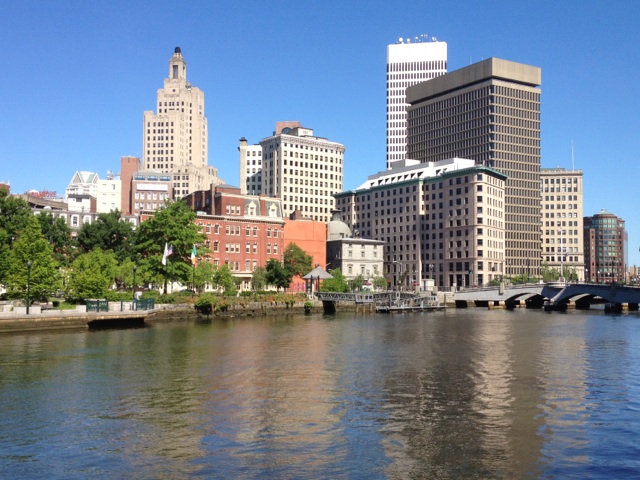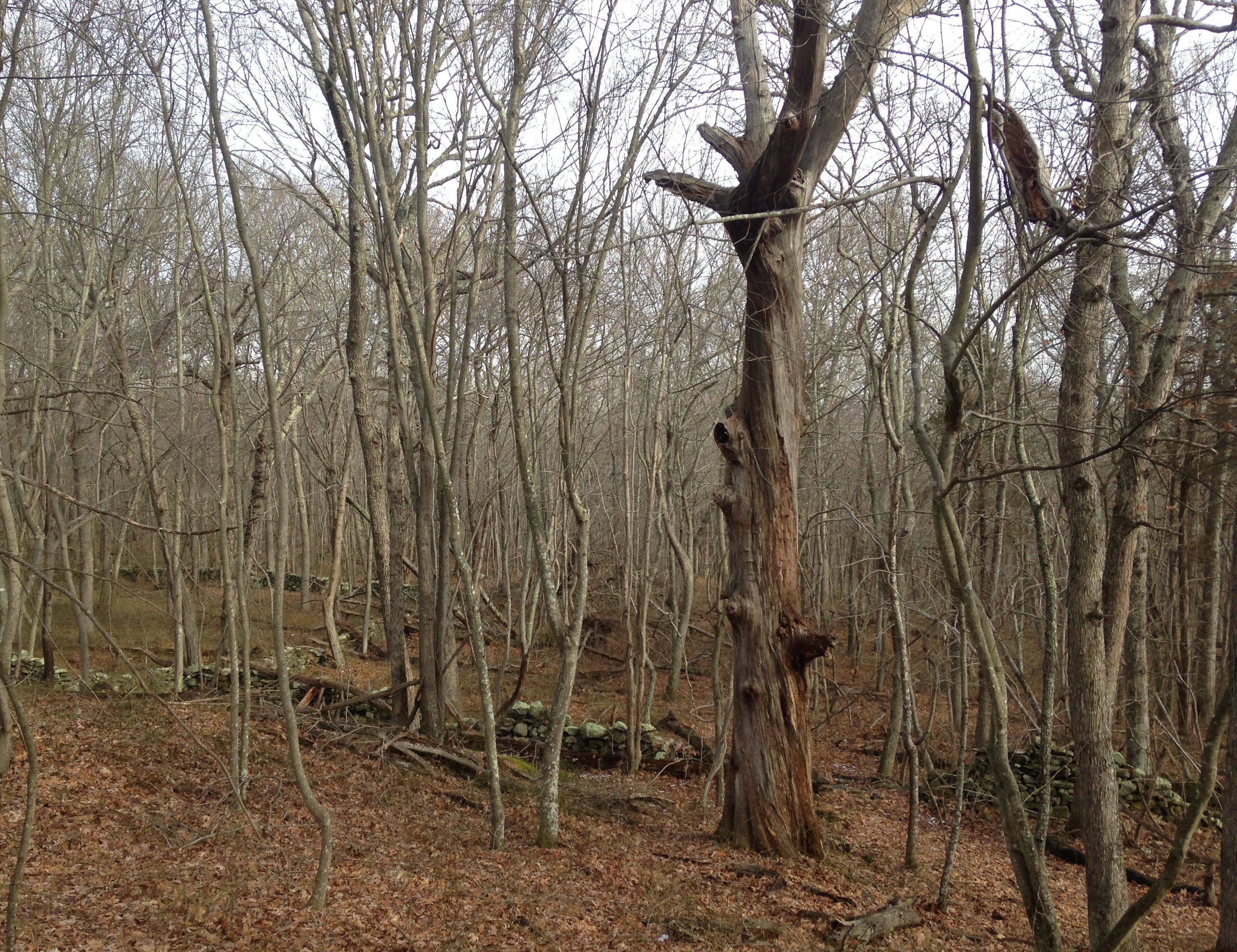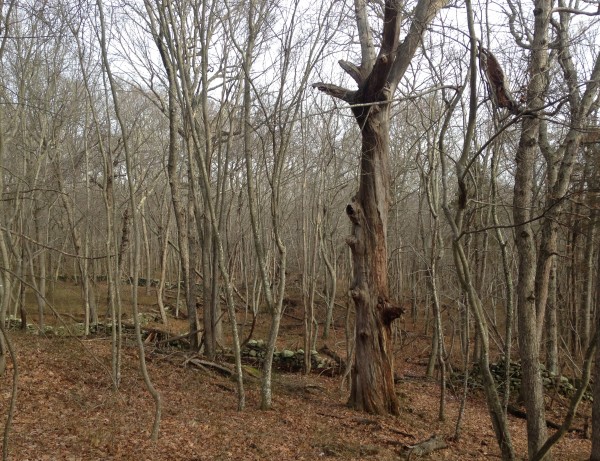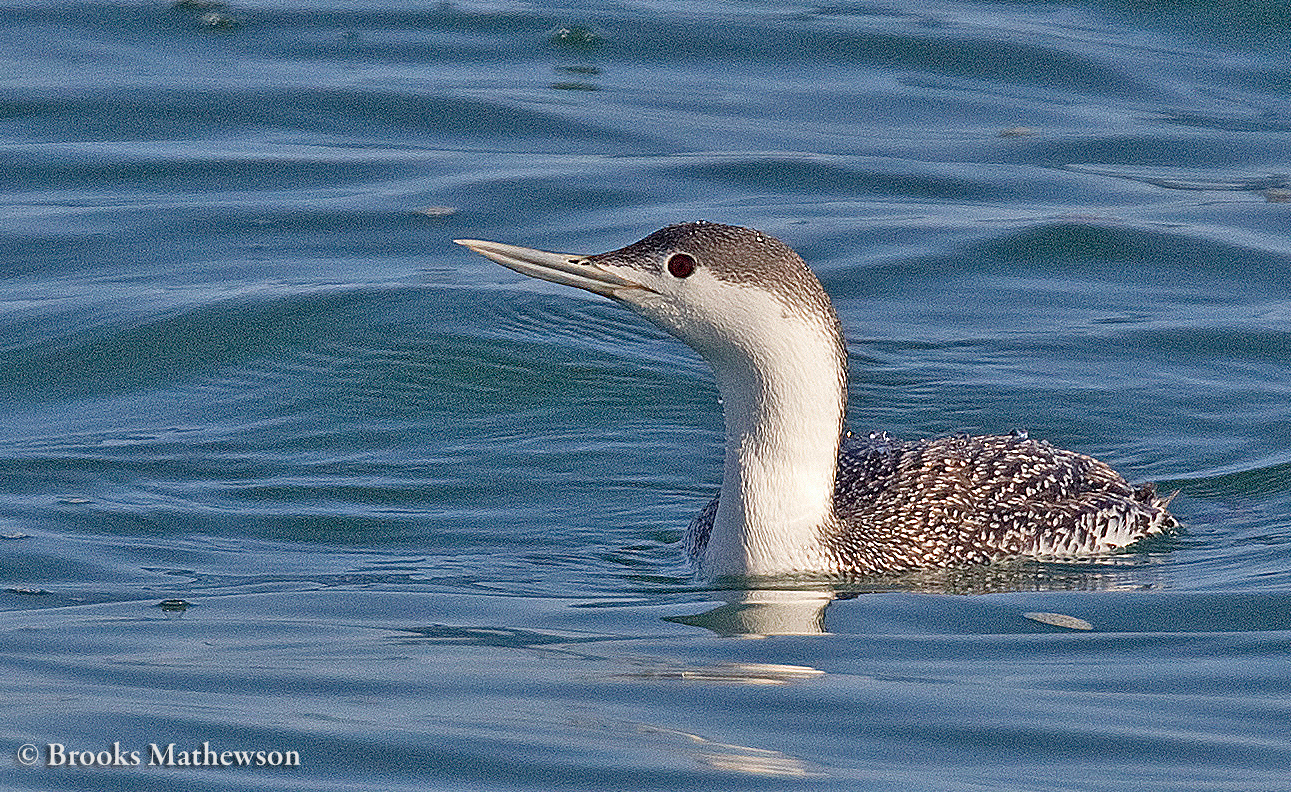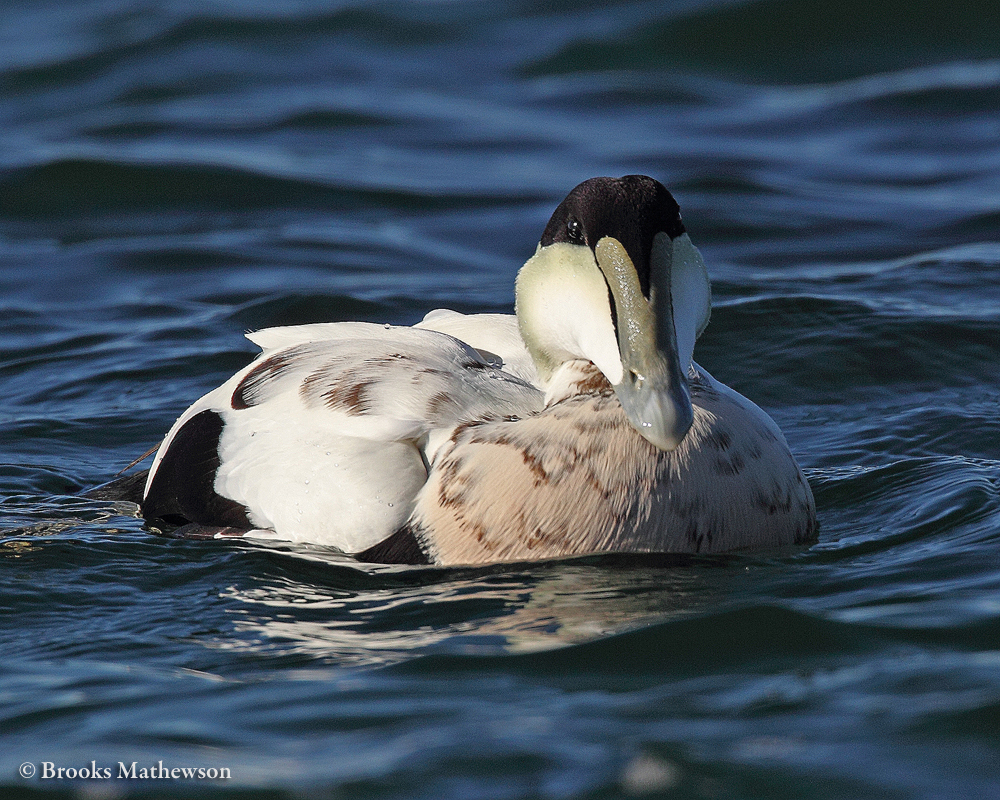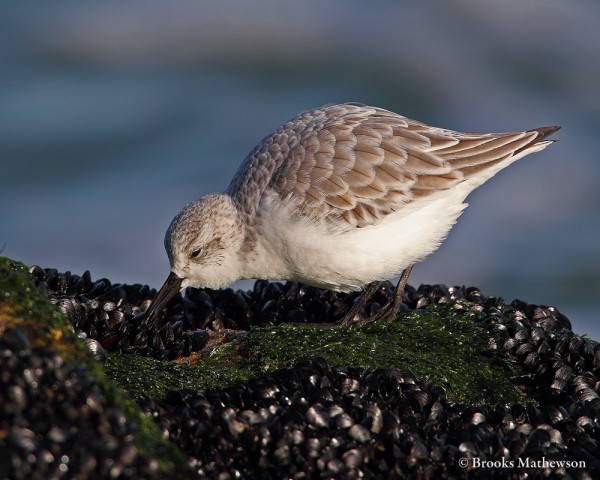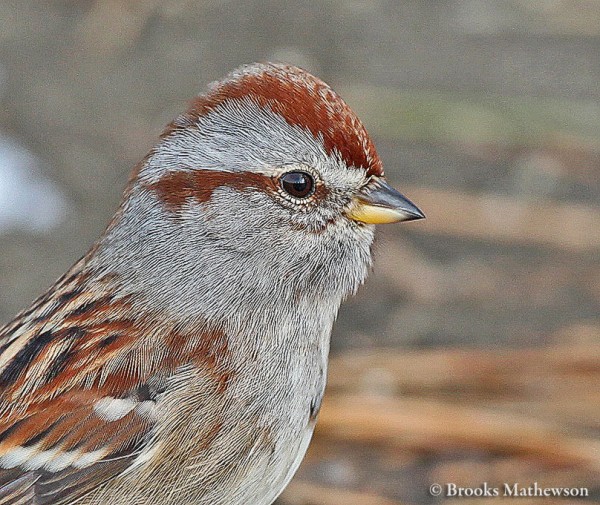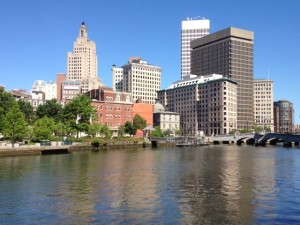
Recently, it was reported that Providence has the 5th highest residential occupancy rate in the country. This is good and bad news.
The good news is that an occupancy rate of 96.3% represents strong residential demand for Providence (this was validated by the market study of the Superman Building conducted by 4Ward Planning). This is likely because not much has been getting built in Providence since the housing market collapsed in 2006 (notable exceptions are the Providence G and the Arcade micro-lofts; my understanding is that the demand for these units is immense, particularly for the micro-lofts because of their affordability). But the bad news is that a high occupancy rate increases rental prices and is indicative of an undersupply of residential rental units. Between 1980 and today, the city’s population has grown from 156,804 to 178,432, a growth rate of almost 14% (admittedly the population of Providence is still much lower than the high of over 250,000 during the 1930s-1940s).
From my perspective, though, the high occupancy rate is a huge opportunity for Providence and the state. Downtown/urban living is in high demand nationally, and Providence is no exception. Increasing residential density downtown, particularly by building on underutilized surface parking lots, would be a huge boon for the restaurants and retail shops that exist there and will create new vibrancy in an area of Providence that can sometimes seem a little bland. It would also be hugely beneficial for the city as more residential units = more property taxes. I say this BECAUSE residential demand is so strong. If it weren’t, there would be no reason to build.
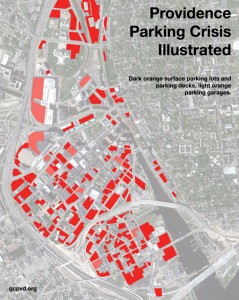
Making downtown Providence a more affordable place to live for young and mid-career professionals who are accessing Boston’s labor market would be a smart investment. I personally live downtown and work in Boston and take the commuter rail for my morning commute (along with hundreds of others). By doing so, I bring in external money into the city and state’s economy (i.e., my wages are paid by a Boston firm, but most of my disposable income in spent in Providence and the rest of Rhode Island). Increasing the supply of residential rental units within walking distance of the Providence train station will generate revenue for the city (via property taxes) and the state (via sales and income taxes).
People smarter than me have suggested that the overall lack of building residential rental units downtown has to do with the high cost of construction (costs are roughly the same as in Boston or Hartford), the ridiculous parking requirements (1.5 spots per residential unit), the height restrictions (most of downtown is limited to 100 or 120 feet), and the relatively modest rents that can be charged for rental units compared to other rental markets (average rental rates for downtown Providence are about $1,300 compared to $2,000 in Boston).
The minimum parking requirement of 1.5 spots per unit is particularly onerous. If we want more walkable neighborhoods, and more cost effective construction, this ordinance needs to be significantly changed. High parking minimums make construction more expensive by having to build garage parking to accommodate automobiles, even for those people (like myself) who do not own a car. These parking garages take up a lot of space and don’t deliver all that much value (a 70 square foot parking space may generate about $100/month while 70 square feet of living space is much more valuable). Further, the excess area required to allow for drive-in and out is simply wasted space.
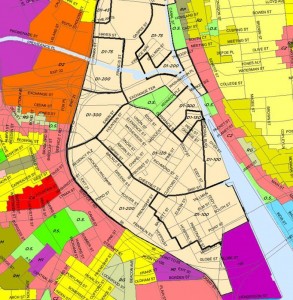
Similarly, most of downtown is restricted to about 100 or 120 feet maximum height (here’s a link to Providence’s zoning map). Depending on the ceiling height for the residential units, this limits construction to about 8 to 10 stories. If a developer is limited to 10 stories, and is required to put 1.5 spots for every unit, the economics for positive net return become very difficult. Closer to Rt. 95, a developer could build up to 200 feet high, and there is a small section of downtown that is zoned at 300 feet, but is occupied by the Convention Center, the Civic Center (or “the Dunk” as it is now affectionately known), the Omni Hotel, and the Residences. The surface lot across from the Hilton Hotel seems to be the only parcel that could be a prime parcel for a large tower, although its footprint is fairly small. Generally, the higher a developer can build, the more units that can be built, and the less space is taken up by parking, the more residential construction will happen. And an increase in rental housing supply brings down the cost of rental housing, as recently happened in Boston’s Seaport District.
As part of Providence zoning review, hopefully the parking mandate and the height restrictions will change (disappear). I personally like the Miami 21 zoning code that breaks through the rigidity of specifically designated land-use districts (like what Providence currently has) and adopts a form-based code that allows for organic changes in land use based on elements of walkability, the relationship between and among buildings and streets, and transitioning neighborhoods to accommodate growth and change based on what actually makes sense versus being restricted by a particular use that was set decades ago. Providence should really consider this.
Portland (of course) has been excellent when it comes to creating a bicycle friendly city, and it set another high bar for residential density when a 657-apartment project being developed in the Inner East neighborhood just outside of downtown Portland will have 1,200 parking spaces for bicycles rather than the almost 1,000 parking spaces that would be required in Providence. I imagine Providence doing something like this to minimize the wasteful impact of overly abundant car parking and making downtown living an attractive and AFFORDABLE option for all income levels.
But how does it get done? The city can be a partner by helping facilitate zoning variances to reduce the parking requirement and to build taller. To subsidize the cost and make the units affordable for low-income and average people to live there, the developer should access federal Historic Tax Credits and Low Income Housing Tax Credits. Building near the train station is ideal since access to Boston’s labor market is a huge incentive. More people living downtown means a more vibrant and commercially dynamic downtown.

